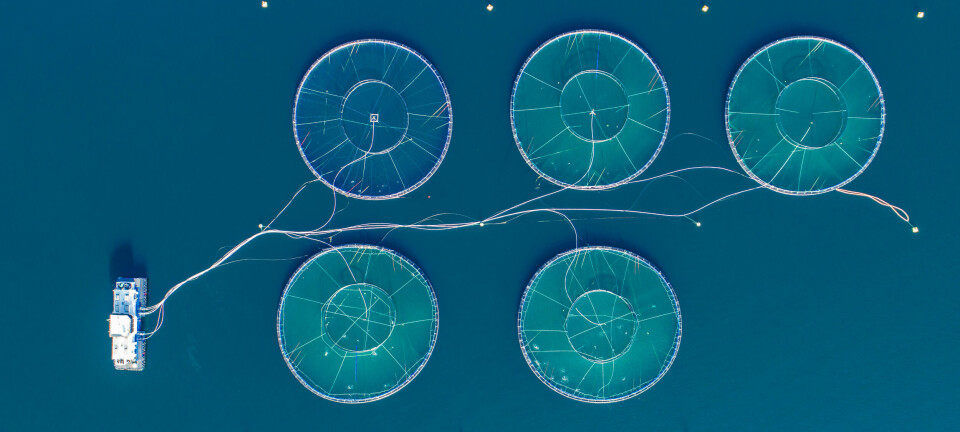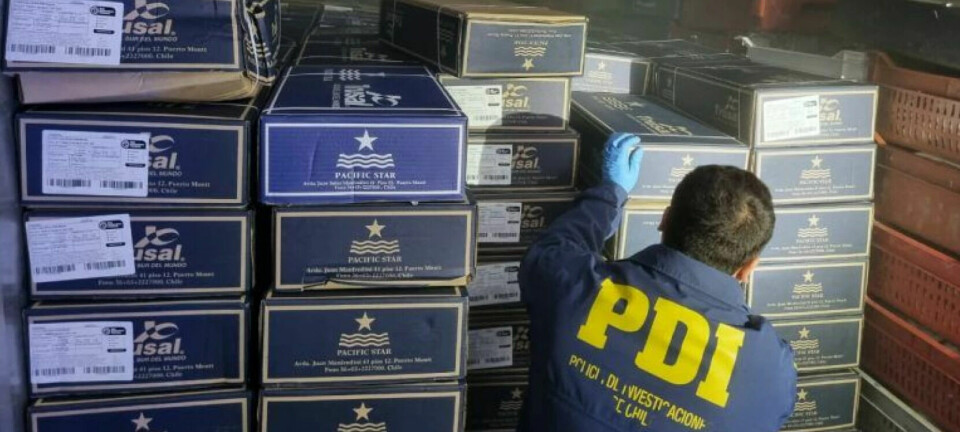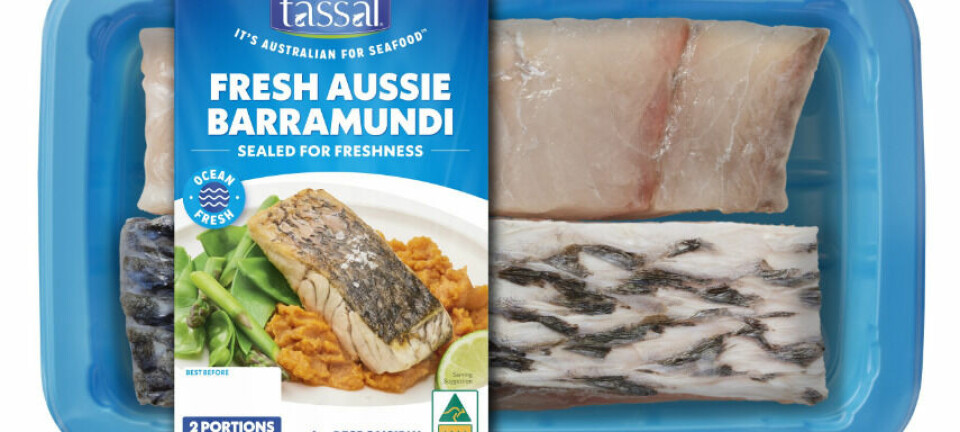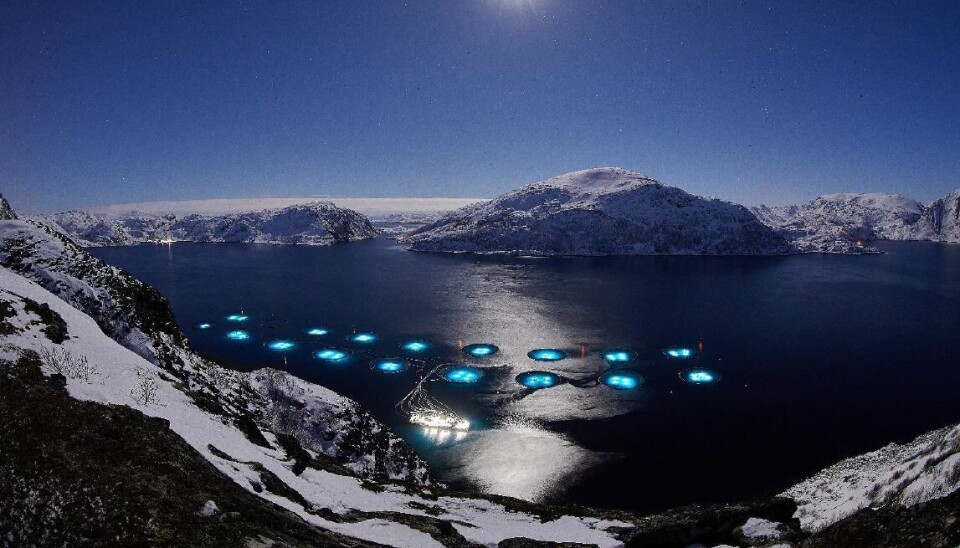
Grieg earnings up but challenges hold back Shetland
Norway, Shetland and Canada salmon farmer Grieg Seafood today reported higher earnings and harvests for the final quarter of 2018 and the year as a whole.
But Q4 earnings in Shetland were just a fraction of those in the same period the year before because of costs related to harmful algal blooms and gill disease, and earnings for the year were less than half those made in 2017.
Overall, Grieg Seafood’s Q4 EBIT amounted to NOK 351 million (Q4 2017: NOK 151m) attributed to high prices on record harvest volumes of 24,000 tonnes (+27%) driven by strong biological performance in Norway.
EBIT for 2018 rose to NOK 1.1 billion (NOK 818m).

100,000 tonnes by 2020
Chief executive Andreas Kvame said: “Q4 2018 ended a strong year for Grieg Seafood in which we reached our last guiding harvest volume of 75,000 tonnes – an increase of 20% compared to 2017 – and revenues of more than NOK 7.5 billion. This was achieved by maintaining a strict focus on sustainability and driving forward improvements to our farming operations.
“Throughout the year we introduced several initiatives, including advanced sensor- and monitoring systems across our four regions. In September we opened a new operations centre in Rogaland, supporting our digitalisation strategy utilising big data analytics to improve overall operational performance.”
He added: “With improved operations and by maintaining a strict focus on sustainable farming and on securing fish welfare, we are well prepared to continue executing on our growth strategy, targeting 100,000 tonnes in 2020 with cost at or below industry average.”
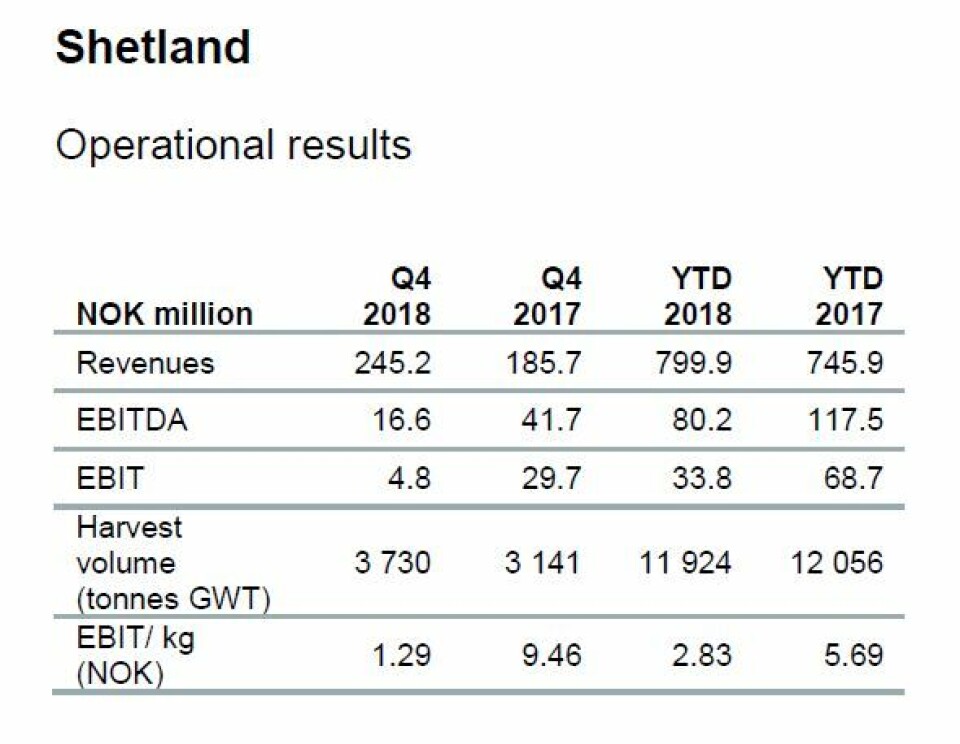
High-quality fish
In its Q4 report, the company said Grieg Shetland’s harvest volume in Q4 was 3,730 tonnes, an increase of 19% compared to Q4 2017, and total sales revenue increased to NOK 245.2m (NOK 185.7m).
Despite challenges related to gill diseases in Q3, the quality of the fish harvested was high, contributing to good price achievement.
The report said that during the quarter the region experienced a reduced rolling 12-month survival rate of 83% caused by gill-related diseases, winter ulcers and previous problems. This led to a write-down of NOK 30m under Grieg’s accounting procedures, decreasing EBIT per kg by NOK 7.99. Cost will remain high going into Q1 2019.
The total harvest volume for the year was 11,924 tonnes, close to expectation of 12,000 tonnes. Planned harvest volume for Q1 2019 is 1,600 tonnes.
Unsatisfactory smolts
EBIT per kg before fair value adjustment of biological assets was NOK 1.29 for the quarter, compared to NOK 9.46 in Q4 2017.
The report said Grieg Shetland continued to cooperate closely with the other sea farmers in the region to establish a long-term, stable and sustainable marine biology, and that its production has been cut from 27 to 17 sites, focusing production on the best sites with the strongest biological control.
It added that the smolts transferred to sea from Grieg Shetland’s own smolt facility during the year were not of satisfying quality, and the company had been looking into various improvement measures.
Grieg Seafood Shetland is maintaining to target a harvest volume of 17,000 tonnes with a production cost of NOK 43 per kg in 2020.
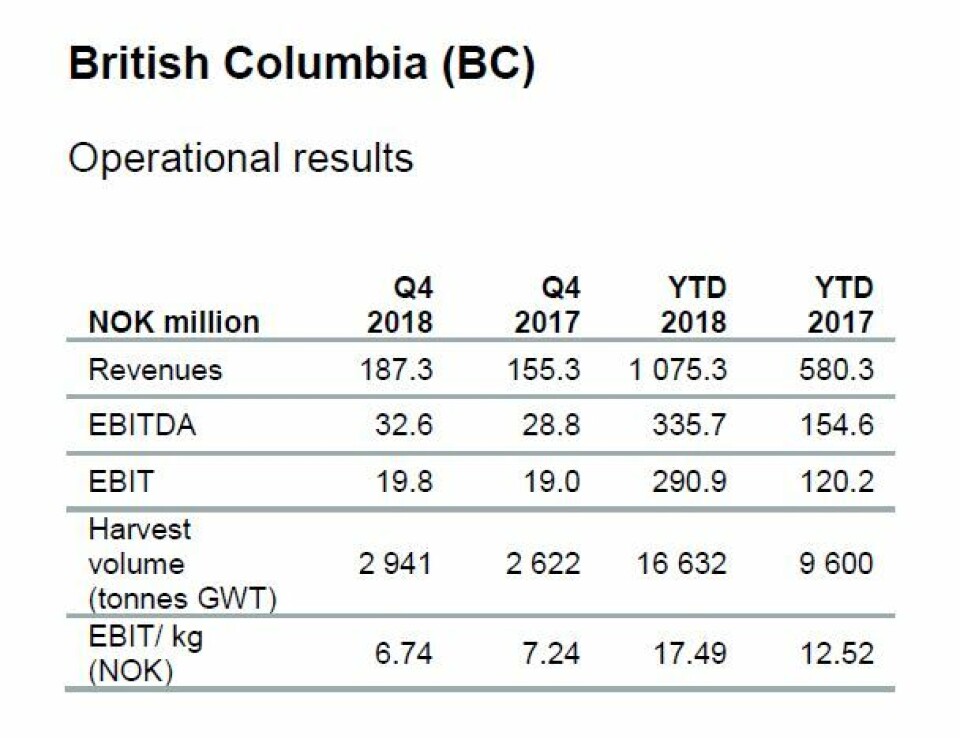
21% revenue increase in BC
Grieg’s operations in British Columbia (Canada) harvested 2,941 tonnes in Q4 2018 (2,622 tonnes).
Sales revenue for the quarter was NOK 187.3m, up from NOK 155.3m in the same quarter of 2017. The 21% increase was driven by volume growth, high prices and good average harvest weight, which contributed to good price achievement despite quality downgrading.
Grieg said biological conditions were good during Q4, however, the quality of the fish harvested was somewhat downgraded due to issues related to early maturity and other challenges stemming from harmful algal bloom (HAB) incidents in previous quarters. Less downgrading is expected going forward.
Survival rate
Effects from previous HAB incidents also impacted the survival rate, and a write-down of NOK 15m was recognised in the quarter, decreasing EBIT per kg by NOK 4.99. The 12-month rolling survival rate was 88%, negatively impacting the cost per kg. The cost is expected to decline during 2019.
Total harvest volume for the year was 16,632 tonnes, 900 tonnes lower than expected due to reduced growth during the fourth quarter on fish affected by HAB incidents in Q2 and Q3. Estimated harvest volume for Q1 2019 is 1,500 tonnes.
EBIT per kg before fair value adjustment of biological assets was NOK 6.74 in Q4 2018, ( NOK 7.24).
Grieg Seafood BC is targeting a harvest volume of 20,000 tonnes with production cost of NOK 39 per kg in 2020.


















































